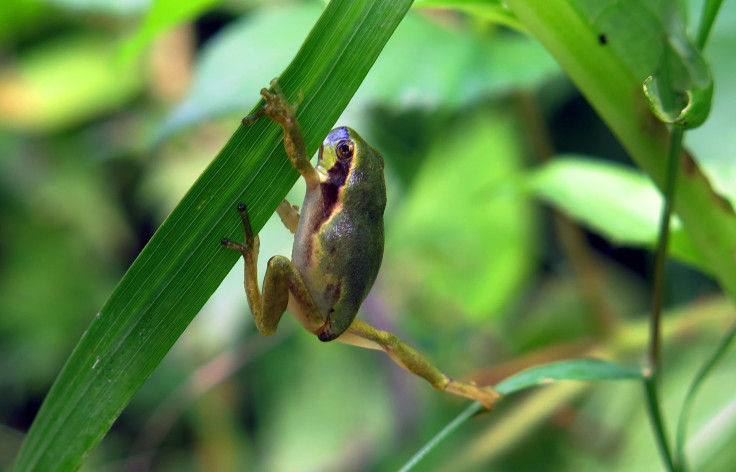Frog evolution: Meteor impact that wiped off the dinosaurs 66 million years ago allowed frogs to evolve

Scientists have recently discovered that after a global catastrophe killed off the dinosaurs, frogs began taking advantage of the catastrophe. The new study has claimed that 88 percent of frog species alive today owe their existence to the meteor impact 66 million years ago.
The impact was so strong, it almost wiped out terrestrial life on Earth, according to the study. Only three lineages survived the mass extinction, and almost nine out of 10 of the amphibian species descended from those lineages. As disaster struck, each of the species jumped forward at a junction a junction of the Cretaceous and Paleogene periods formerly known as the KT boundary.
Earlier research did not find a link between the extinction of dinosaurs and the evolution of frogs, claiming that evolution of the latter began 35 million years earlier. Chinese and American biologists involved in the study think otherwise. Their findings have been published in the journal Proceedings of the National Academy of Sciences.
The scientists made the discovery after they analysed genetic data from frogs within 44 living families. There are more than 6,700 known frog species, and they are threatened by climate change, increasing human population and habitat destruction.
“We know that the mass extinction event wiped out most of the dinosaurs, except for a few bird species, which then exploded in diversity and became one of the dominant groups of land animals. As we look at more and more groups of life, we see the same pattern, and that turns out to be the case for frogs as well,” University of Texas, Austin Prof. David Hillis, who is also the study co-author, said in a statement.
A key factor in the success of early frogs was the way they adapted to trees when flowering plants spread across the entire planet. They became arboreal, and this led to South America’s great radiation, said University of California, Berkeley, US colleague Prof. David Wake.
The scientists believe that the first survivors protected themselves from the meteor strike by burrowing underground. It was then the arboreal tree frogs that started exploiting newly available habitat niches.The frogs then started producing young ones without the tadpole stage. This is a standard for about half of all frog species present today.





















